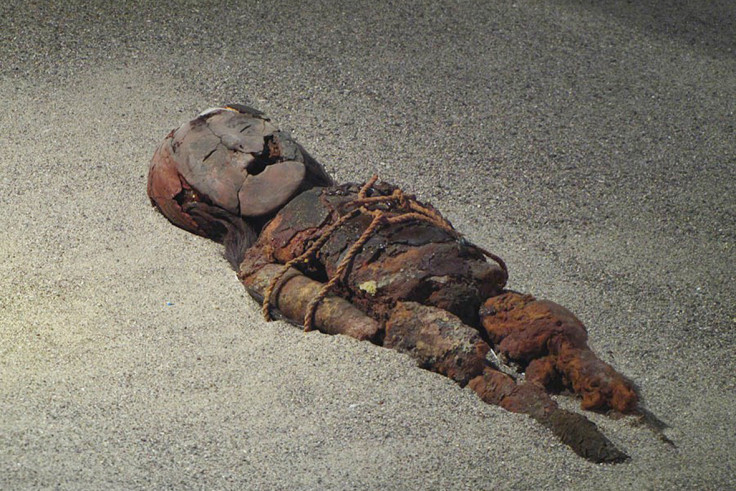World's oldest mummies are rotting after 7,000 years due to climate change
Rising levels of humidity are encouraging bacterial growth on the mummies.

More than a hundred mummies in the Chinchorro region are starting to degrade after exposure to humidity is causing an explosion in bacterial growth on the bodies. Black patches of bacteria are appearing on the mummies, which date from as far back as 5000 BCE, and causing them to rot.
There are about 300 ancient mummies in the area, and 120 of the mummies in the museum collection at the University of Tarapacá are at risk of decay, says Sergio Medina Parra, an anthropologist at University of Tarapacá in Arica.
The city of Arica in northern Chile is surrounded by the Atacama Desert – one of the driest places on earth. But even the slightest amount of moisture due to a changing climate is enough to put the mummies at risk, Medina says.
"The dates that we have for the bodies are from 7,000 years ago... so they have more relative antiquity in terms of intentional work on the human body than that found in Egypt," Medina told Reuters.
The black patches of bacteria were first identified 10 years ago. Medina and his colleagues say that increased humidity due to climate change is causing the mummies to rot, after 7,000 years of preservation. The bacteria are ordinarily present on the mummies' skin, but under very dry conditions they do not grow rapidly or damage the surface of the human remains.
Now Medina is working to get the mummies recognised by Unesco as a World Heritage Site. "The application is not a goal in itself, but the start of a process, of improved conservation tools, with the Chilean state and the international community," he says.
The Chinchorro people would preserve both adults and children and bury them in the sandy soil of the Atacama Desert region. Before burial they would remove the brain and fill the skull cavity with dry grasses.

© Copyright IBTimes 2025. All rights reserved.






















